The greatest Designers/Architects in the world
Architecture and design are disciplines that shape our environment, influence our daily lives, and reflect the evolution of our societies. This article highlights the world's greatest designers and architects, those visionaries whose works have transcended borders to become icons of world heritage. We will also explore the trends and styles that mark the era, see how to integrate these movements and pieces at home in a simple and inspiring way, then answer the question "Where to buy designer luminaires?" with clear landmarks and useful links.

Why these creators influence our daily lives
Architects and designers shape our way of living, working, and meeting. Through the play of proportions, materials, and pathways, they orchestrate experiences that influence our gestures, rhythms, and emotions, from the living room to public spaces. Their approach connects culture and use, heritage and contemporaneity, to create places that tell a story while remaining easy to live in. Practically, this vision translates into accessible choices that change the atmosphere without transforming everything: a better balanced color palette, more sincere materials, a singular piece that becomes a landmark… and, to complete the whole, a work of light. To embody this at home, Designer Luminaires offer a direct and sensitive path; explore our selection of Luminaires design to find the piece that will extend this spirit.

The emblematic figures of architecture and design
From the modern movement to the most contemporary writings, a few creators have redefined our way of perceiving space, material, and the city. Their works, now cultural landmarks, trace a guiding thread that illuminates the evolution of design and architecture up to today.
Le Corbusier
Charles-Édouard Jeanneret, better known as Le Corbusier, is a major figure of modern architecture, who profoundly marked the 20th century. The Villa Savoye in Poissy illustrates his "five points" combining functionality and aesthetics. His approach transformed the design of living spaces and laid the foundations of urban planning advocating harmony between habitat and environment, in the service of well-being.
The Unité d’Habitation in Marseille, conceived as a "vertical city" combining housing, communal and green spaces, is an emblem of this. Through his works and writings, notably: "Towards an architecture", he influenced generations of architects and urban planners, leaving a humanist legacy that combines innovation and the improvement of the human condition.
Frank Lloyd Wright
Frank Lloyd Wright, pioneer of organic architecture, rethought space by merging building and site. He advocated for architecture that responds to uses while reflecting the spirit and characteristics of the place, strengthening the bond between humans and nature.
The Fallingwater House in Pennsylvania is the emblematic illustration: perched on a waterfall, it integrates water and rock into the project, reducing visual impact and enriching the occupants' experience. This vision paved the way for a more conscious and respectful approach, profoundly influencing generations of architects.
Zaha Hadid
Zaha Hadid, a major figure in contemporary architecture, revolutionized the perception of space with fluid and dynamic forms that seem to defy gravity. Her avant-garde approach, fueled by digital technologies, opened new formal and spatial possibilities.
The Heydar Aliyev Center in Baku and the MAXXI Museum in Rome illustrate this style: continuous curves, sculptural envelopes, immersive paths. These works, both functional and spectacular, have left a lasting legacy and still inspire a bold vision of architecture.
Jean Nouvel
Jean Nouvel, a French architect of international renown, integrates his works into the urban fabric while giving them a strong identity. His work questions the role of architecture in its context and stages glass, metal, and natural light to create unique atmospheres. The Fondation Cartier in Paris is an example: a glass structure that harmonizes with the site and offers an open and luminous space dedicated to art.
In Barcelona, the Agbar Tower (Torre Glòries) illustrates its ability to combine technical innovation and poetic expression: fluid silhouette, changing glass skin, reflections by day and colorful lighting at night. More than a landmark, the building dialogues with the city and offers a renewed reading of the skyscraper, showing how architecture and context can respond to and transform each other.
Charlotte Perriand, Alvar Aalto, Charles and Ray Eames
Charlotte Perriand combines functionality and warmth, for open and lively interiors. Alvar Aalto favors curves and natural woods, serving a humanist modernity. Charles and Ray Eames blend industrial spirit, comfort, and joy of living. All three demonstrate that design can improve daily life without sacrificing beauty or simplicity.
New arrivals and trends: current styles and inspirations
Current trends celebrate more sensitive interiors, where material, color, and everyday gestures take precedence over demonstration. Here is a simple overview to inspire and find your own balance.

Wabi-sabi and Japandi style
The Wabi-Sabi style originates from Japan, drawing inspiration from an ancient philosophy advocating simplicity and authenticity; today this style captivates and invites itself into our contemporary homes. Light wood, washed linen, ceramics with embraced irregularities: these aesthetics promote simplicity, soft light, and soothing palettes. The idea is to highlight imperfection that tells a story and to compose calm, airy pieces where one breathes better. To learn more about the Wabi Sabi style, consult our dedicated blog article.
Maximalism
Born from a rich heritage (Baroque, Rococo, Victorian interiors) and revived by postmodernism, maximalism has no single "inventor." Its contemporary spirit relies on figures like Robert Venturi ("Less is a bore," 1966), the Memphis movement of Ettore Sottsass (1980s), and, in decor, ambassadors like Iris Apfel. The principle: layering deep colors, patterns, textures, and objects, celebrating abundance and personality rather than minimalism.
Biophilic design and upcycling
We bring in greenery, choose materials with an organic look, and give objects a new chance. Between plants, rounded shapes, and revisited pieces, the interior gains warmth and character without sacrificing lightness.
Textured glass, ceramic, brass
Fluted glass filters light, ceramic adds relief, brass patinates with elegance. These finishes create beautiful variations throughout the day and match both contemporary lines and more vintage pieces.
Where to buy designer lighting?

On LA LUMIERE, we bring together a demanding selection of beautiful brands recognized to help you choose with confidence. Our ambition is simple: beautiful, durable, and well-sourced pieces. Discover all our brands, a panorama of each Design lighting brand to find the style that suits you.
Sammode: French design and Pierre Guariche heritage
Icon of French design, Sammode combines precise lines, meticulous finishes, and a remarkable heritage with its rééditions de Pierre Guariche. Timeless pieces that bring character and elegance without ostentation. Discover the selection: Sammode.
Makhno: wabi-sabi inspirations
Sensitive materials, organic shapes, and a mineral palette: Makhno offers creations with raw charm, perfect for warm and contemporary interiors. An aesthetic that values authenticity and the softness of textures. See the collection: Makhno.
Sans Souci: luxury and innovations
Between glassmaking expertise and creative boldness, Sans Souci signs spectacular pieces where detail makes the difference. Ideal for a strong and refined gesture, from high-end residential to exceptional places. Browse our pieces: Sans Souci.


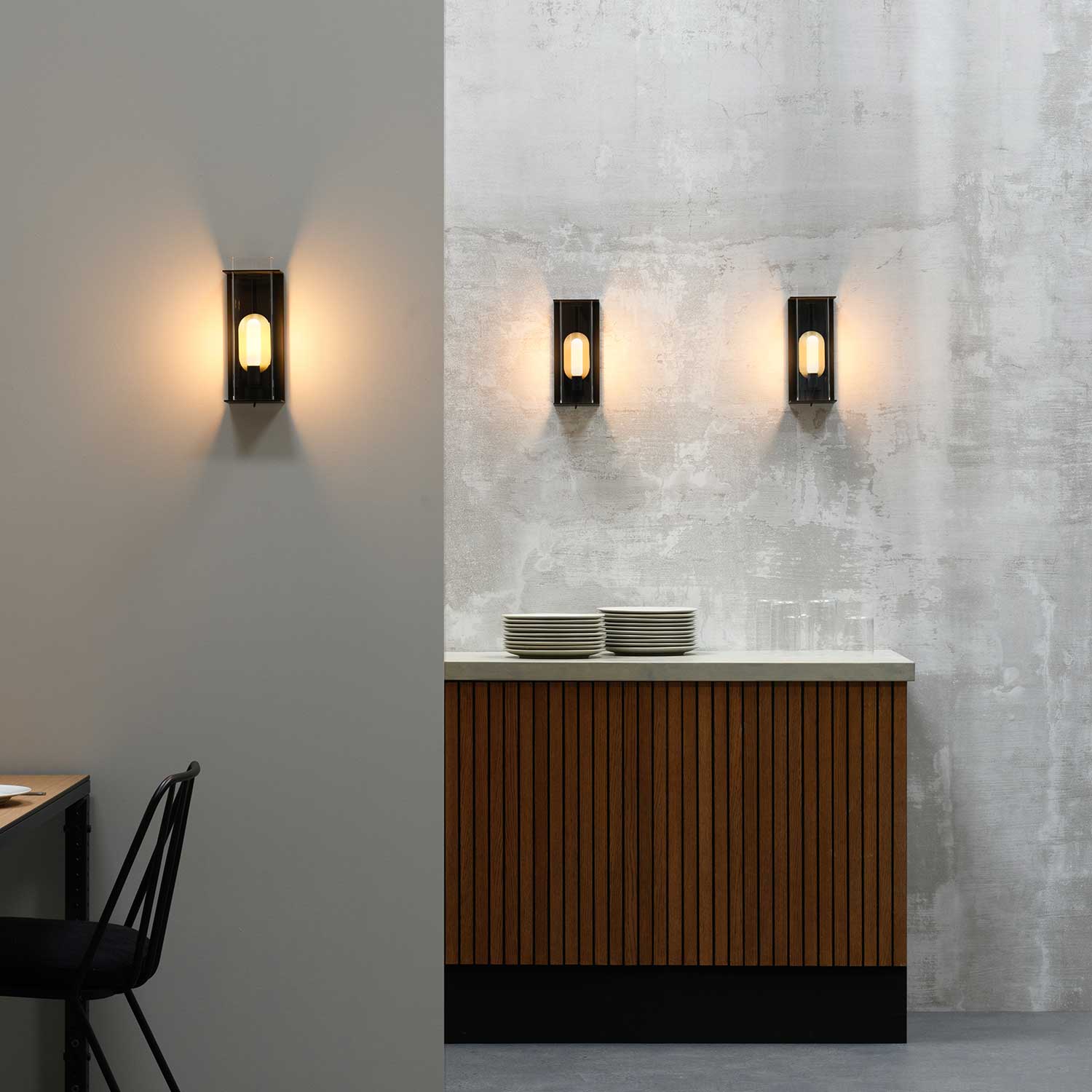
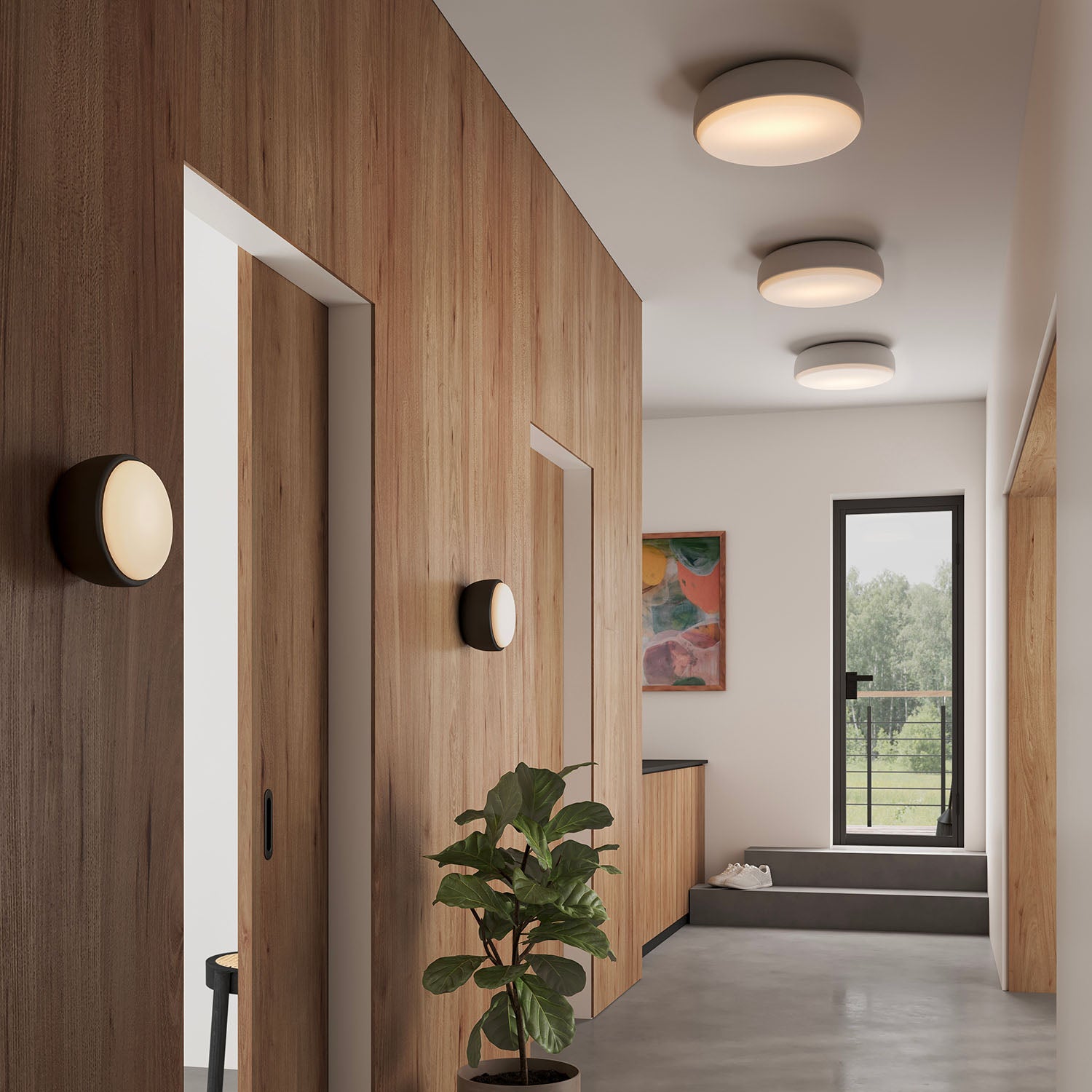
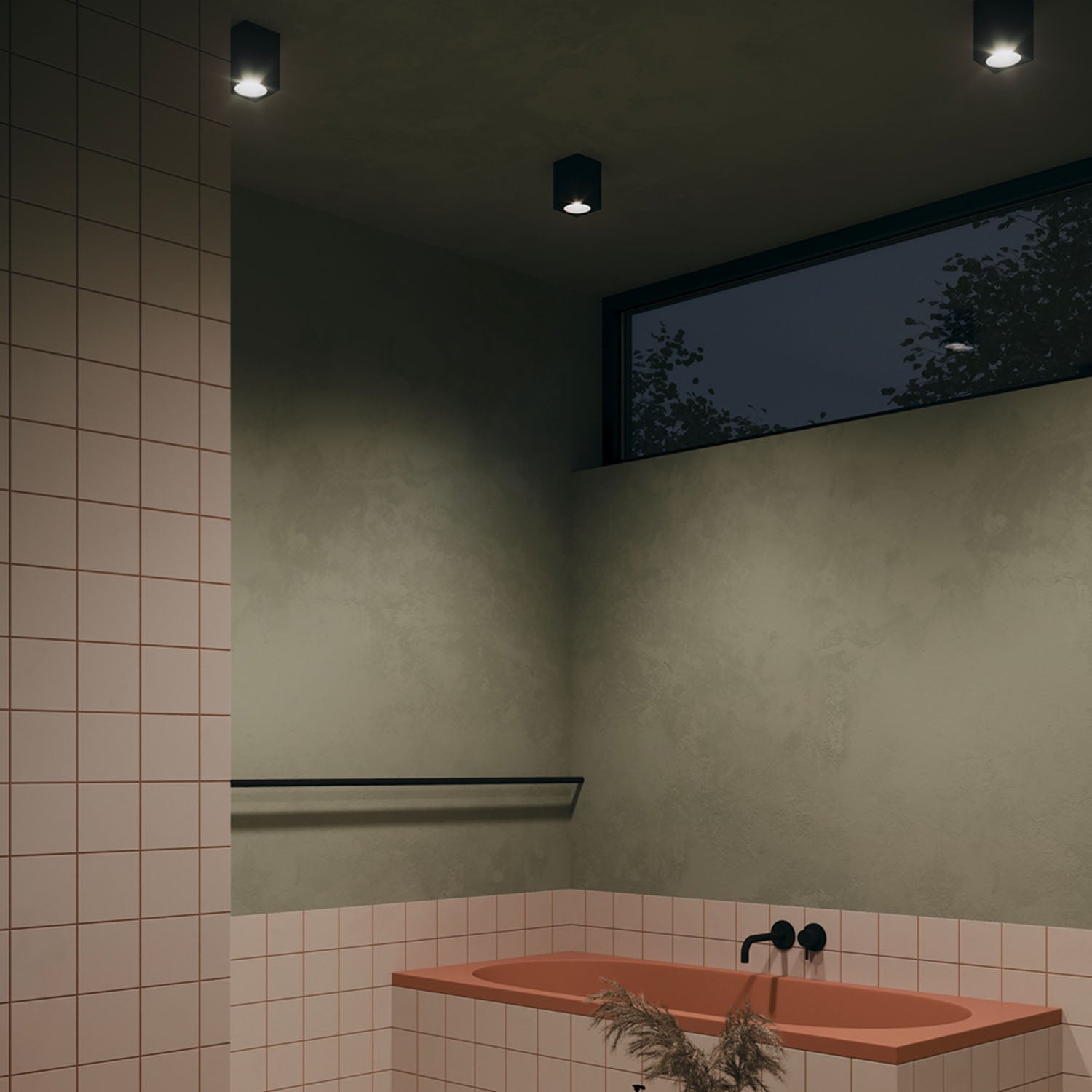
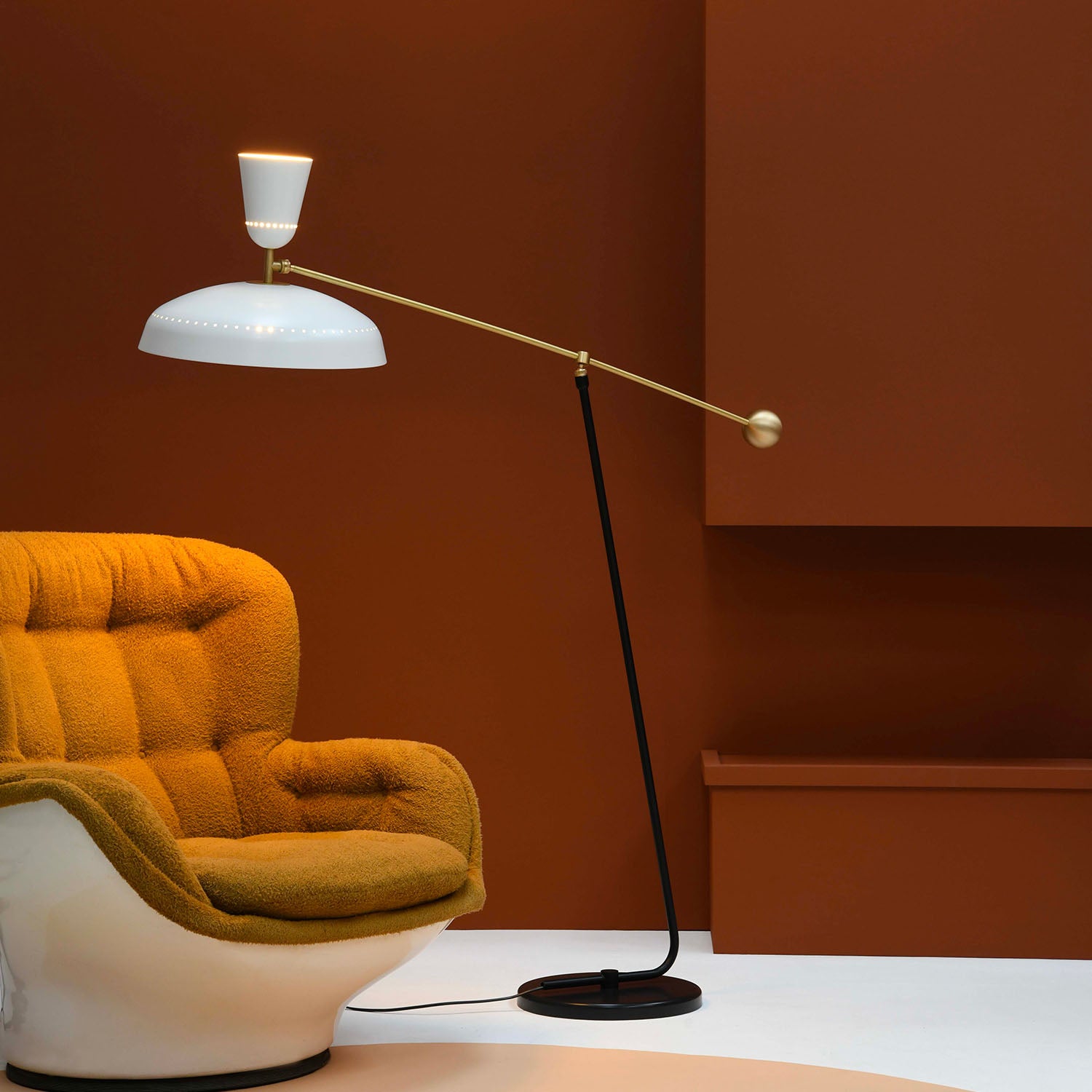
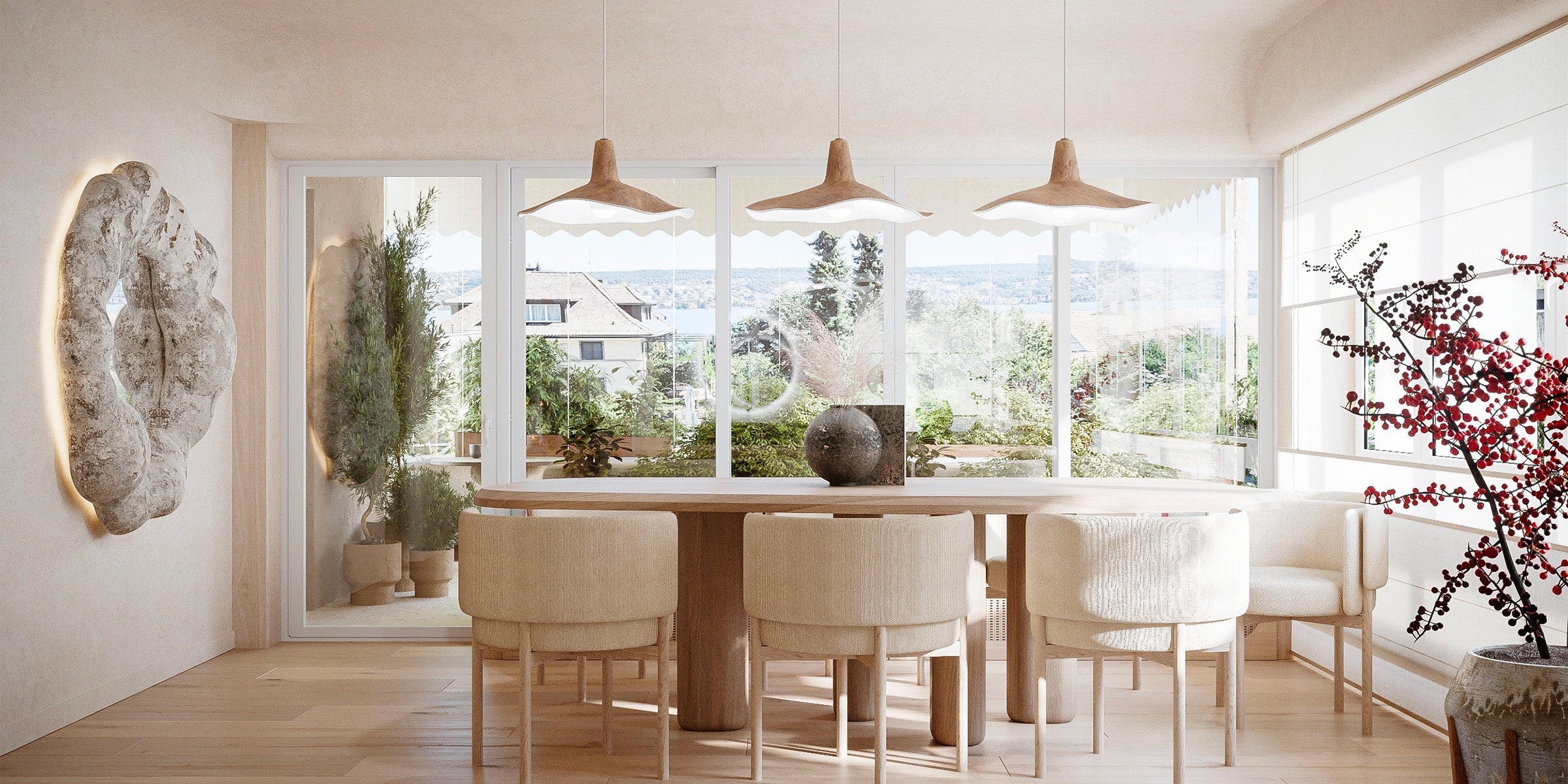

Leave a comment
This site is protected by hCaptcha and the hCaptcha Privacy Policy and Terms of Service apply.